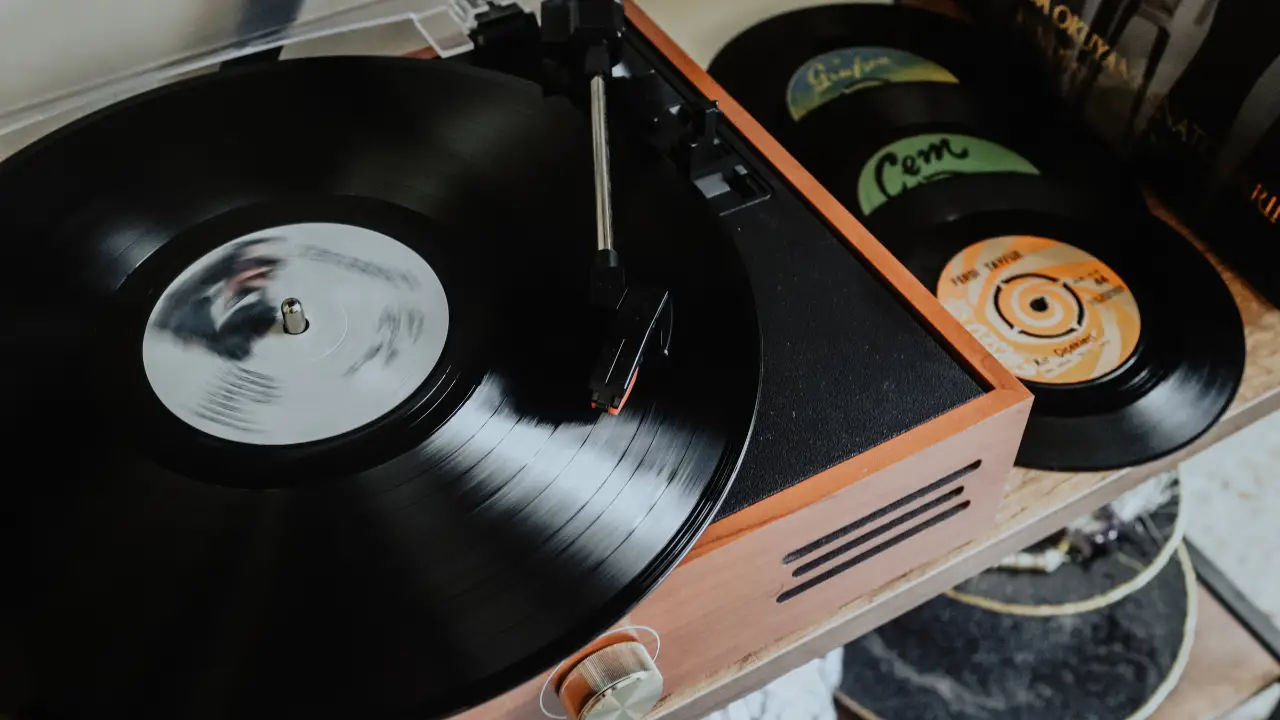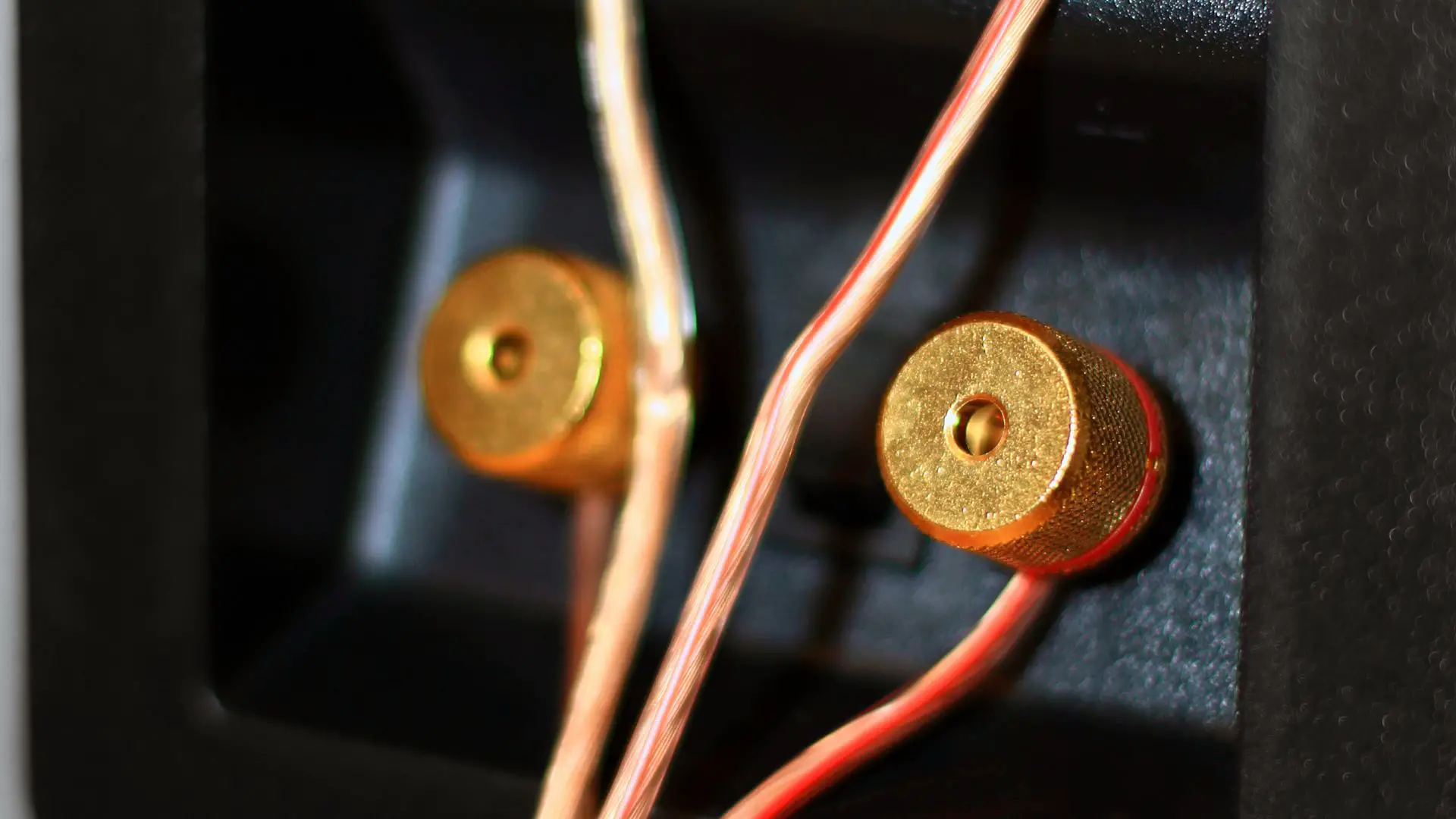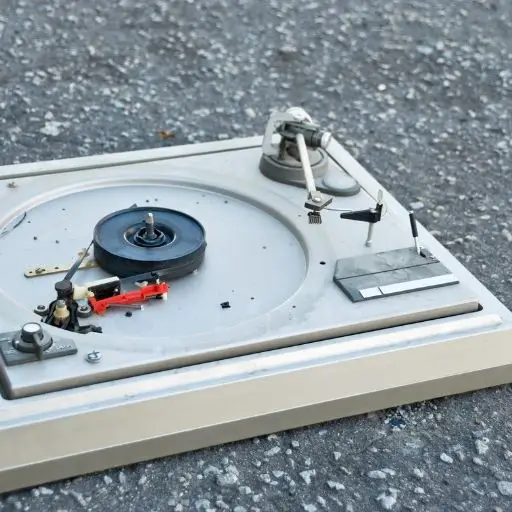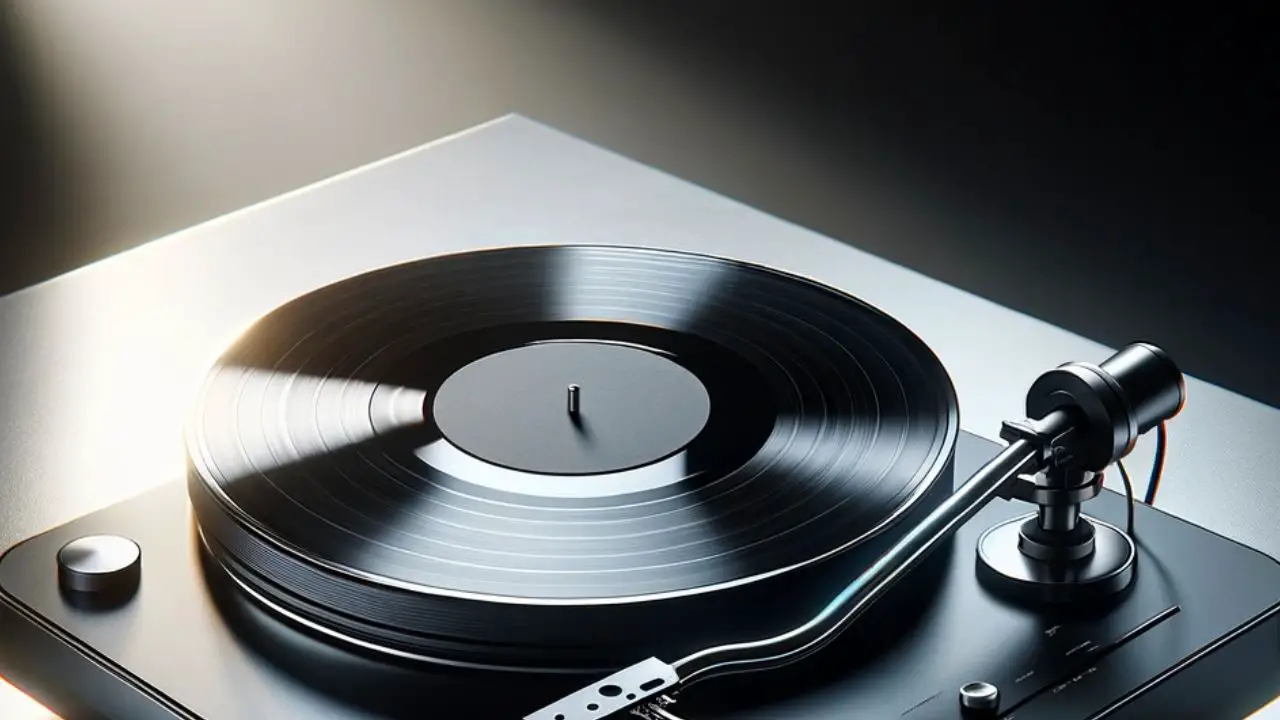If you’re a vinyl enthusiast, you’re probably aware of the importance of keeping your records in pristine condition. Scratches, dust, and dirt can all affect the sound quality of your music. But what about the stylus? Can a bad stylus damage a record?
The answer is yes. A worn or damaged stylus can cause irreparable damage to your vinyl collection. When the stylus is not in good condition, it can scrape against the grooves of the record, causing them to wear down or even break. This can result in distortion, skipping, or even complete loss of audio in certain parts of the record.
It’s important to note that the damage caused by a bad stylus may not always be immediately noticeable. In fact, some records may still appear to be in good condition even after being played with a worn stylus. However, over time, the damage will accumulate, leading to a decrease in sound quality and potentially rendering the record unplayable. So, if you want to protect your vinyl collection and ensure that it lasts for years to come, it’s crucial to invest in a high-quality stylus and replace it regularly.
The Role of a Stylus in Record Playback
When playing vinyl records, the stylus plays a crucial role in the playback process. The stylus, also known as the needle, is the small, pointed piece that rests on the grooves of the record. As the record spins, the stylus follows the grooves, translating the physical movements of the grooves into sound waves that can be amplified and heard through speakers.
The quality of the stylus directly impacts the quality of the sound produced by the record. A good stylus will accurately follow the grooves and produce clear, high-fidelity sound. However, a bad stylus can cause a number of issues that can damage the record and produce poor sound quality.
One of the most common problems caused by a bad stylus is inner groove distortion. This occurs when the stylus is unable to accurately follow the grooves near the center of the record, causing the sound to become distorted and muffled. Over time, this can cause permanent damage to the record, making it unplayable.
Another issue caused by a bad stylus is skipping or jumping. This occurs when the stylus is unable to properly track the grooves, causing it to skip across the surface of the record. This can not only damage the record but also interrupt the flow of the music, making it difficult to enjoy.
To avoid these issues, it is important to use a high-quality stylus and to properly maintain it. Regular cleaning and replacement of the stylus can help ensure that it accurately follows the grooves and produces high-quality sound without damaging the record.
How a Bad Stylus Can Damage a Record
When it comes to playing vinyl records, the stylus is one of the most important components of your turntable. The stylus is the needle that comes into contact with the grooves on the record, and it is responsible for translating the physical vibrations of the grooves into an electrical signal that can be amplified and played through your speakers. A bad stylus can not only affect the audio quality of your records but can also cause physical damage to them.
Physical Damage
A bad stylus can cause physical damage to your records in a number of ways. One of the most common is by creating what is known as Inner Groove Distortion (IGD). IGD occurs when the stylus is not properly aligned with the groove, causing it to scrape against the sides of the groove as it moves towards the center of the record. This can cause the groove to widen and become distorted, resulting in a loss of detail and clarity in the audio.
Another way that a bad stylus can cause physical damage to your records is by skipping or jumping. This can occur when the stylus is not properly seated in the groove or when it is too heavy for the record. When the stylus skips or jumps, it can cause the groove to become scratched or even skip over entire sections of the record, causing irreparable damage.
Audio Quality Deterioration
In addition to physical damage, a bad stylus can also cause the audio quality of your records to deteriorate. This can occur in a number of ways, including:
- Distortion: A bad stylus can cause distortion in the audio, resulting in a loss of clarity and detail in the sound.
- Noise: A bad stylus can also introduce noise into the audio, such as pops, clicks, and hisses.
- Frequency response: A bad stylus can also affect the frequency response of your records, causing them to sound dull or overly bright.
- Tracking force: If the stylus is too heavy, it can cause excessive wear on the record, resulting in a loss of audio quality over time.
Bad stylus can cause both physical damage and audio quality deterioration to your records. It is important to ensure that your stylus is properly aligned, seated, and weighted to prevent these issues from occurring. Regular maintenance and replacement of your stylus can help to prolong the life of your records and ensure that they sound their best.
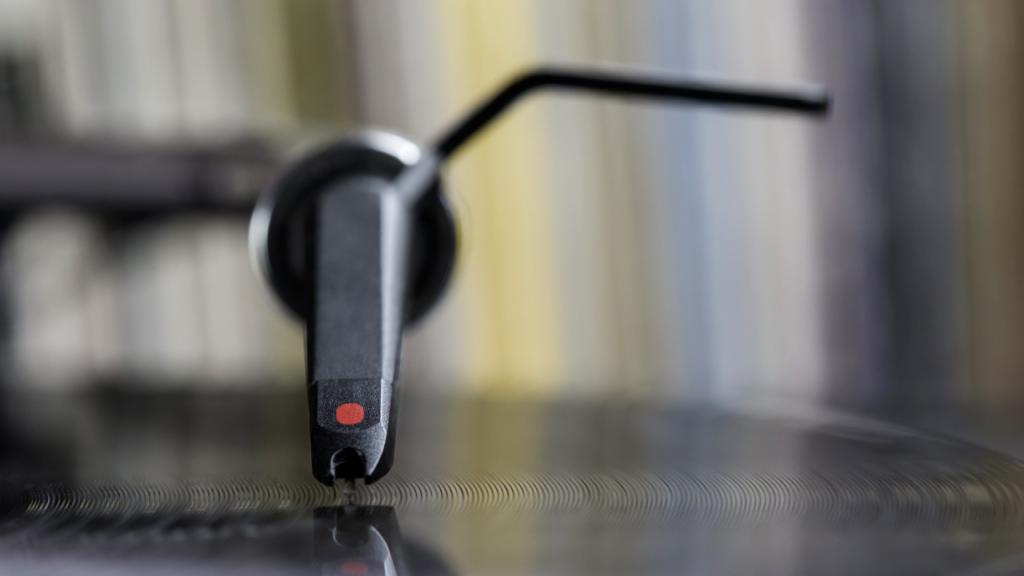
Identifying a Bad Stylus
A bad stylus can cause damage to your records, so it’s important to know how to identify one. Here are some signs that indicate a bad turntable stylus:
- Scratchy-sounding audio: If your records sound scratchy and like sandpaper is rubbing on it, it could be due to a bad stylus. This sound is almost identical to the sound of too much dust or debris on the needle. If this sound occurs, clean the needle with your brush.
- Distorted audio: If the audio sounds distorted, it could be due to a bad stylus. Distorted audio can be caused by a number of things, but a bad stylus is one of the most common causes.
- Skipping: If your turntable stylus is skipping, it could be due to a bad stylus. Skipping can be caused by a number of things, but a bad stylus is one of the most common causes. If your stylus is skipping, it’s important to replace it as soon as possible to prevent further damage to your records.
- Visible damage: If you can see visible damage on your stylus, such as nicks, cracks, or other signs of wear, it’s likely that your stylus is bad and needs to be replaced.
It’s important to note that some of these symptoms can also be caused by other issues with your turntable or records. If you’re experiencing any of these symptoms, it’s a good idea to have your turntable checked by a professional to determine the cause of the problem.
Preventing Stylus Damage
To ensure your stylus does not damage your records, it’s important to take proper care of it. Here are some tips to help you prevent stylus damage:
Regular Cleaning
Regular cleaning of your stylus is essential to prevent damage to your records. Dust and debris can accumulate on the stylus and cause it to skip or damage the grooves on your records. Use a soft brush or stylus cleaning solution to clean your stylus regularly. Be gentle and avoid applying too much pressure, as this can damage the stylus.
Timely Replacement
Regularly replacing your stylus is also important to prevent damage to your records. Over time, the stylus will wear down and become dull, which can cause it to skip or damage the grooves on your records. It’s recommended to replace your stylus every 500-1000 hours of use, depending on the type and quality of your stylus.
When replacing your stylus, make sure to choose a high-quality stylus that is compatible with your turntable. Cheap or poorly made styluses can cause more damage to your records than a worn-out stylus.
Conclusion
In conclusion, a bad stylus can indeed damage a record. The stylus is the part of the turntable that comes into direct contact with the record, and if it is not properly maintained or is worn out, it can cause damage to the grooves of the record.
When a stylus is worn out, it can cause distortion, skipping, and other playback issues. Additionally, a worn-out stylus can cause the record to wear out faster, reducing its lifespan. Therefore, it is important to regularly check and replace your stylus to ensure that your records are not being damaged.
On the other hand, a properly maintained stylus can help ensure that your records sound their best and last for a long time. Regular cleaning and proper alignment can help prevent damage to your records and keep your stylus in good condition.
In summary, a bad stylus can damage a record, but with proper maintenance and care, you can enjoy your vinyl collection for years to come.

